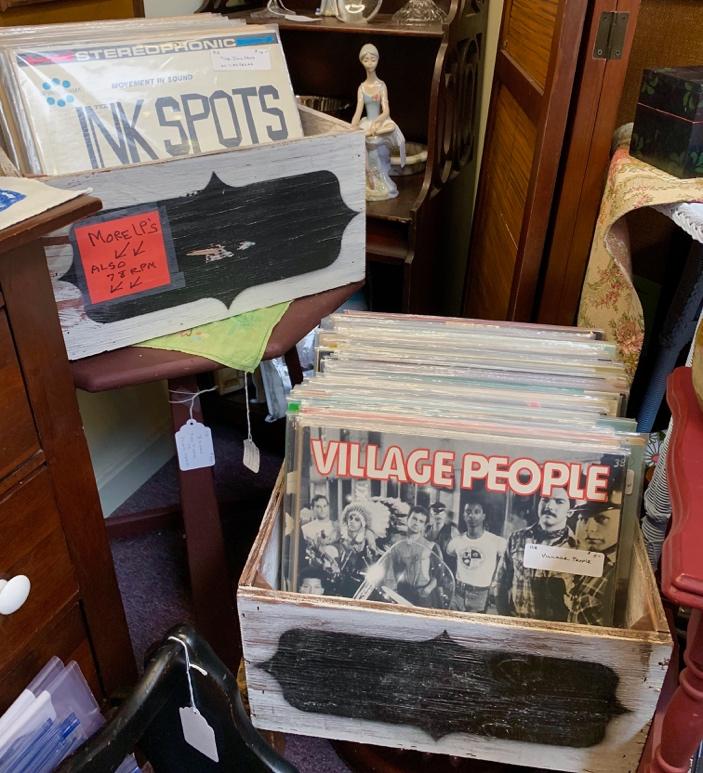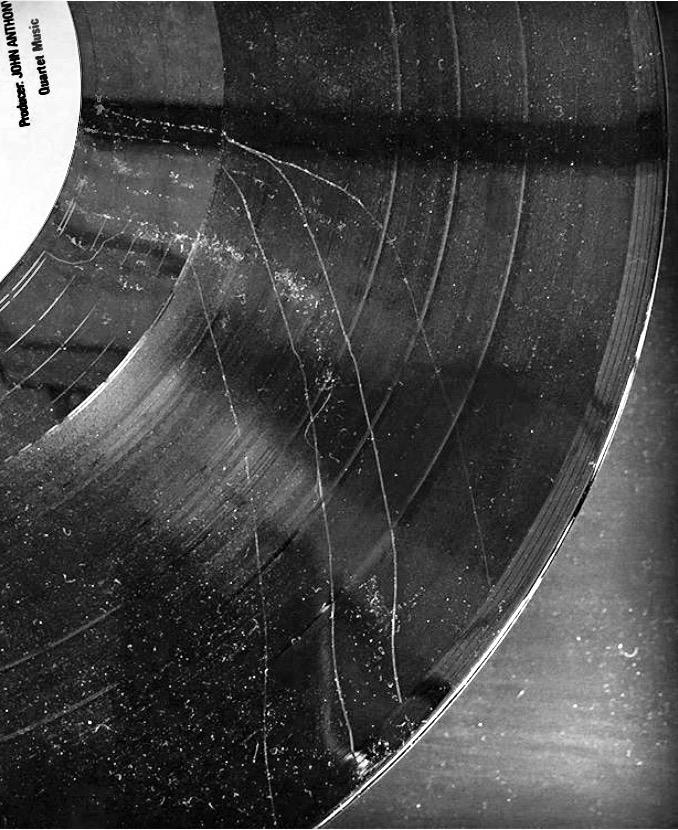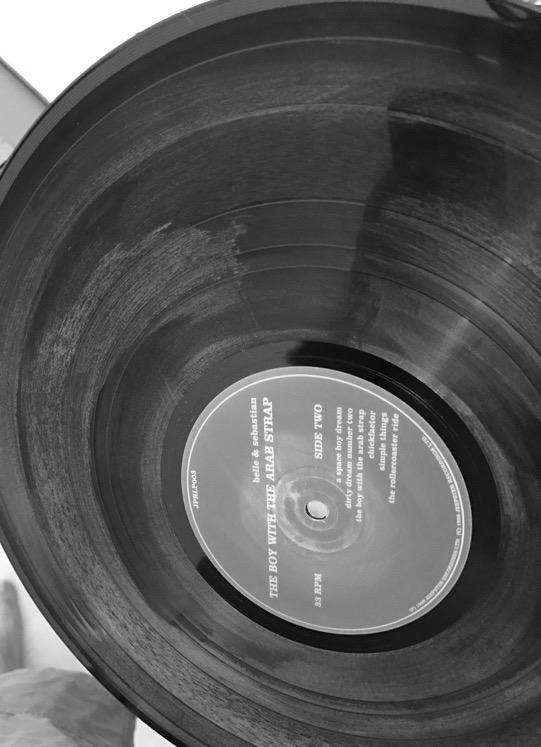If you didn’t grow up buying vinyl and playing records you might not know a whole lot about how to find a good record. Knowing your tolerances when it comes to sound quality is a good thing to consider first when shopping for a vintage record.
Do you mind a light scratching noise here and there?
Can you handle some crackling throughout?
Or are you shopping for a pristine vinyl record?
These things matter, if you can handle some disruption a record with a few light scratches and some wear will be just fine! If you need the true undisturbed audio experience, good luck, your hunt is going to be a bit harder.

10 Signs You Shouldn’t buy that Record….
Is it dirty? Dusty? Grimy? Dirt and grime can sometimes hide scratches or look like them. Try and blow away as much dirt as you can. If you have water on you, put some on your finger and run it over the record and dry it off with your shirt. This might remove grime you thought was a scratch or reveal a scratch, it’s always good the check.
If you pull a record out and it has what looks like tiny little hairs, you’ve found yourself a winner! These fibers come from manufacturing and only stick around after removing the record from the sleeve a few times.
2. Start from the outside edge of the record to check the condition of the first track, look on both sides. This is where the stylus first hits the record and usually where the most damage occurs. Look for fingerprints and scratches, some of this can be cleaned up, but if there is significant damage that usually means the first tracks have been damaged.
3. Look for needle scratches, they are usually visible and can be felt with your finger tip. If you find deep scratches, you’ll likely hear it. If you can see a scratch but can’t feel it, there is a chance that you won’t hear anything too disrupting.
Records produced in the 60s tend to have deep grooves, so a scratch you can sort of fell might not be picked up. If there is a scratch that’s smaller than a pin point, chances are you won’t hear it. Scuffs usually aren’t that much of an issue either, as long as the damage doesn’t cut deep, the record should be alright.

5. Some scratches might be fine and others won’t, skate marks, which go across the grooves, are usually ok. As long as they don’t actually cut through the wax. Scratches that cross the rubicon that fade and come back are usually not deep enough to be heard.
6. Scratches that will be heard are called Tramlines, these run with the groove or sometimes diagonally and are the worst. They’re hard to spot because they’re hidden among the grooves. These kinds of scratches cause the needle to get stuck or skip, requiring manual intervention. Tramlines cannot be fixed, you should avoid buying any records with them.
7. Look for warps! Warping isn’t usually a big problem, but it is definitely worth checking for if the record just doesn’t feel right. Hold the record at eye level and look latterly across it. If there is any waviness to it, it’s warped and this will definitely distort the sound.
8. Heat damage is also a killer. Check the edges of the record, damage is usually only on one edge. It will look pockmarked, bubbly, foamy, sometimes wavy. If it extends 1-2 inches into the record, this kind of damage will make a whooshing noise that is very unpleasant.
9. If you find small bumps on the surface, don’t be discouraged. These are pressing faults, which happen when labels aren’t dry enough, trapping water during the pressing, essentially steaming the vinyl. The small bumps don’t usually cause the needle to skip and can’t be heard.
10. Probably one of the most damaging things to look for is polythene transfer. This is found in a lot of albums from the 60s, where polythene lined inner sleeves bonded to the vinyl. This looks like patterns have been transferred on to the surface usually around the runout area. This stuff cannot be cleaned or removed. If you play one of these records, this plastic can transfer to the stylus tip permanently!
DO NOT PLAY THESE RECORDS

These are just the basics, a good starting place. The best way to really understand vinyl records is to listen to them. Pay attention to where those scratches are and evaluate the sound that is created when they are played. Happy hunting!
